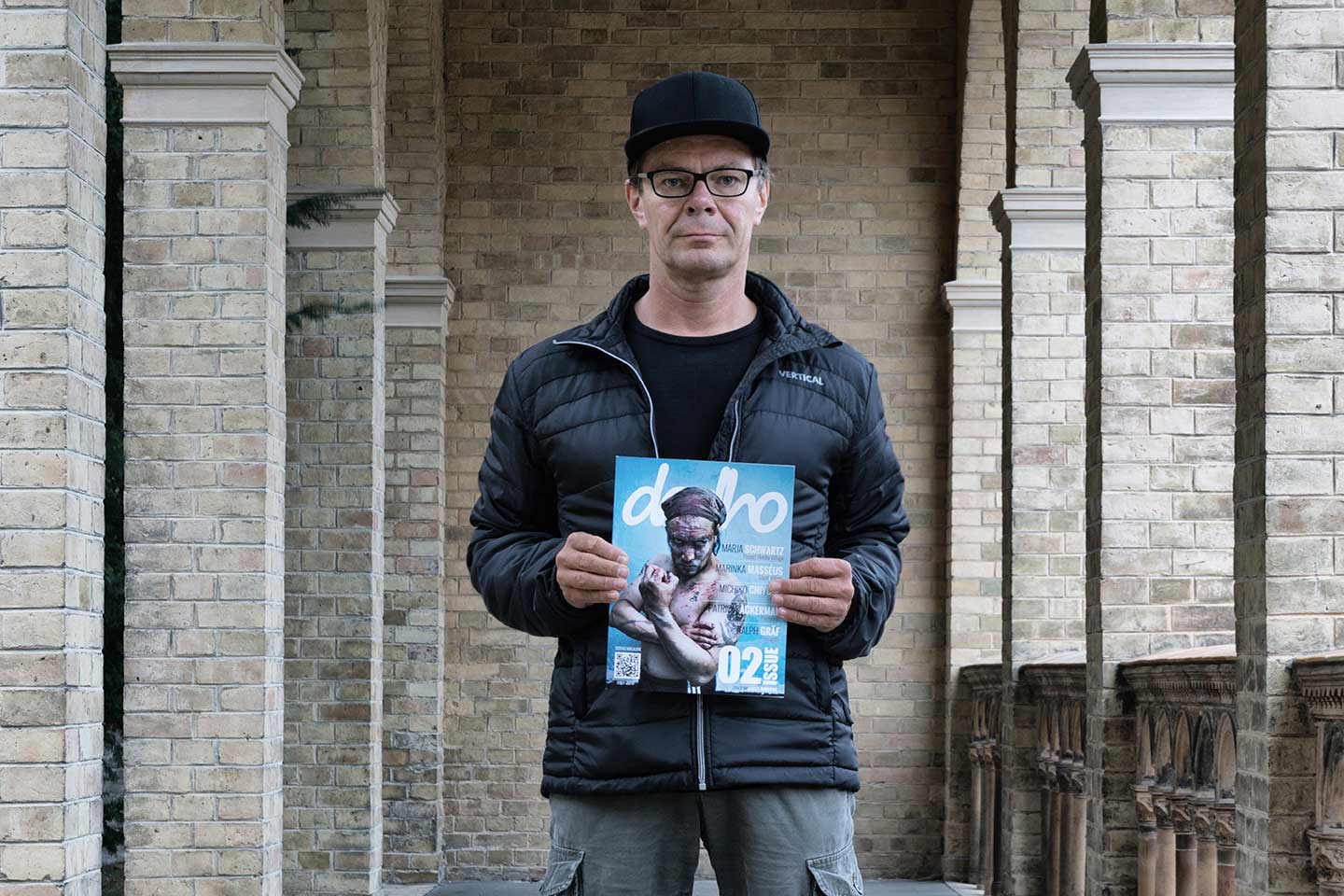I was born in southern Bavaria and spent most of my life in Munich. In fall 2006, my scientific career as a cell biologist brought me to Potsdam near Berlin. Owing to my friends from the Photo Gallery Potsdam I found a great creative environment here to spend most of my spare time for my creative talents.
Photography excites me since my boyhood and I have tried myself in various photographic genres. Meanwhile I found my focus of interest in landscapes, cityscapes, interior architecture and staged scenes. I prefer available light and clearly composed pictures with a discreetly arranged motive. I want to stimulate the imagination of the viewer and to tell a story that emotionally touches him, since sensing emotions is the prerequisite to keep pictures sticking in the viewer’s mind. In this context, image processing should only support the expression of the picture and help to mediate the intended mood to the viewer. I prefer working with a series concept in mind. You’ll find the concept descriptions if you click on the links behind the short texts in the gallery overview. Mostly I use a digital exchangeable lens camera or analog medium format cameras, and almost always a tripod. However, the type of camera used to take the picture is usually unimportant. The most important factor is always found behind the viewfinder. [Official Website] [Print Version] [Digital Version]
Can you tell a little about yourself?
I’m a cell biologist by profession and work at the University of Potsdam. Yet, I spend most of my spare time for photography, both for strengthening my own photographic portfolio and for a gallery project in Potsdam (www.fotogalerie-potsdam.de) together with 10 of my friends.
How did you get interested in photography?
At the age of eight I got my first camera from my father who worked as an optician in an optical factory and raised my interest in photography and image composition. To me photography is the ideal way to be creative and to express myself from an artistic point of view.
What inspired you to take your Vacancy Series?
I was always fascinated by abanonded buildings as they send me on a time travel and evoke mental cinema about what happend in these buildings in the past. In a subtle way I also want to transport some impressions on the exciting recent history in eastern Germany, since 25 years ago many of them were still inhabitated by soviet soldiers and their families.
Three words that describe your works?
Lucidity, gloom, nostalgia (sometimes all three in parallel)
How would you define your general style of photography?
In all of my series I always aim at a very clear composition with the widely absence of elements that do not contribute to the pictorial statement of the photo.
In your opinion, what makes a good photograph of abandoned places?
In this genre the photo requires interesting lights and shadows and should avoid too many details. That’s why I usually remove waste and disturbing elements prior to taking the photo. I think it’s also important to find a clear color ambience and to avoid tawdriness.
What do you think makes a memorable project?
In my opinion a picture keeps sticking the viewer’s mind, if it elicits emotions and is somehow thought-promoting. These emotions do not essentially need to be positive, but they are certainly the key for a long-lasting impression.
How do you know you got the shot you wanted?
In most cases I realize this already prior to releasing the shutter when I encounter the motive, finally of course after a look on the display.
Your idea of the perfect composition?
This is hard to say. The perfect composition depends on the motive. Some require symmetry, some asymmetry, some audacious cropping. I always try to find the composition which fits best to the motive.
What would I find in your camera bag?
During the last two years mostly my Sony alpha6000 with a wide-angle zoom or a standard zoom, since it is good and compact and leaves space for my heavy Kiev 60 analog medium format camera with standard and wide-angle prime lenses and a Holga camera.
What future plans do you have?
I’ll continue with my ongoing series “The Traveller”, “Vacancy”, “Plattenbau Swansong” and “With A Holga Through Brandenburg”.
Finally, one last question. What opinion do you have of our print edition?
It is just great. To me a printed version of a photo should always be the final product, it is so much better than watching photos on a computer screen or even a telephone. The magazine’s print quality is really pleasant. I think it is also important to put more photo magazines on the market that deal with photography as an art and do not focus on technical equipment, which is the major focus of all magazines in Germany and Britain.







